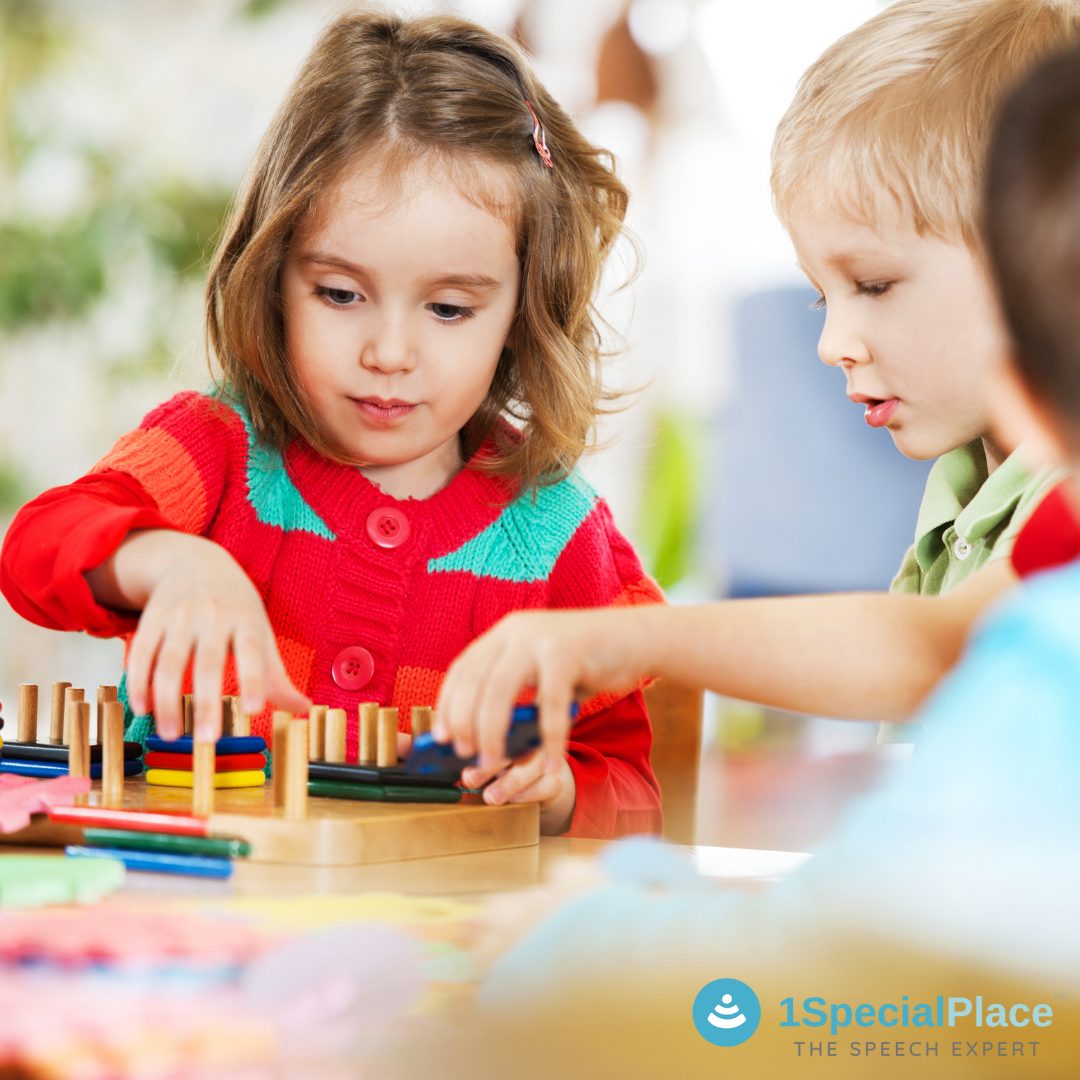
Learning to Play with OT Activities
Learning to Play with OT Activities
Play is a very important tool to learn various skills for a child and have a positive influence. It is the main occupation of a growing child. Play provides stimulation to learn, grow and refine many different skills. Play also provides opportunities for social interaction, stimulates social behavior and emotional regulation.
Coordination, gross motor, fine motor development, visual perceptual skills are easily learned through a selection of age-appropriate toys for children. So let us look at OT activities that help us to play meaningfully.
How are toys selected?
Firstly, the Therapist identifies the limitation caused by diseases or delays. This knowledge helps to select the play activities for the child to learn specific skills. Secondly, age-appropriate toys are selected, and the environment is modified to provide stimulations that work just right for the child without overwhelming them. Most importantly, these toys should be safe and age-appropriate for the age. Parents’ and caregivers’ active participation really helps.
Here is a list of best toys for kids that will help them in speech language development.
Play stages and types:
Stages are Unoccupied play, playing alone, onlooker play, parallel play. Then comes associative play, and playing in a group or cooperative play. Types of play include physical, social, constructive play. And then, fantasy play, and games with rules.
Interaction with the child:
Providing a non-overwhelming environment and just the right challenges are most important. Let the child have fun. Finding ways to solve problems help the child to think, problem-solve, gain confidence, and expand ways to play with them. Toys like soft toys and miniature play items like kitchen sets, small furniture helps them think. Children develop scenarios and apply everyday family interactions in their play.
Tabletop craft activities help with cutting skills, drawing, coloring, tactile inputs. They also help with visual-motor coordination. This helps them use small muscles of the hand to practice smaller movements.
Ball games include kicking the ball towards partners or throwing and catching them, fetching help with very large movements, using both sides of the body in a controlled manner.
Design coping on paper, joining dots, building blocks, coloring and all provide visual-motor coordination.
Make-believe play:
The child enacts to be a parent and caring for a baby doll enables skill learning for grooming, buttoning, zipping, gripping various objects like combs, cups, etc. Vehicular play enables visual integration, building tracks, memory, and recall for the inclusion of steps like stops at petrol pumps and refueling and money skills.
Imaginary or Fantasy Play: OtTactivities may look like:
Playing with dinosaurs or magical lands helps with vivid imagination and reasoning of possibilities. Building a jungle or a palace helps a child’s decisive abilities, prioritize ideas, gather equipment to implement these ideations.
Providing 2 ideas when you find the child stuck while playing, really helps them. They can select one and both of you can grow on the idea by turn-taking. After implementing these ideas, observe if the child is enjoying the session. In conclusion, this is a sure way to encourage maximum participation by the child.
More ideas for fine motor play!
For a withdrawn Child:
For a child who appears withdrawn, it is a great idea to start with messy play. Also, include different textures. Allow the child to explore and be messy. Let the child feel the textures and understand what feels sticky, pasty. Moreover, have them mix colors, scoop, pat, and dry hands by wiping. For instance, a child selecting a texture helps to include it and it is well tolerated while teaching skills.
Sometimes a simple tray-based activity like a sand tray with miniature animals or furniture helps a child to share their concerns, fears. Also, listening to them speak may indicate an expert consult for the emotional wellbeing of this child.
Group playing encourages children to share ideas, select the best ones, take turns, move as a group in activities like holding a bedsheet and swinging toys in them or swaying it in turns and such. Therefore, waiting for turns and responding to being called helps with auditory processing too.
Suspension Equipment:
Playing on monkey bars, exercise bars, trapeze, or climbing a rope ladder provides upper limb strengthening. Also, postural control, truncal control, core strengthening, and rhythmic coordinated movements occur. Adding elements of fine motor and visual coordination used in target games also while on these suspensions also helps with planning, execution too.
Thus play helps with organization and emotional regulation, therefore, helping with mastering skills. It also helps with strengthening, motor coordination, and motor control, and visual perception.
This is how learning to play gels with OT activities and helps develop a child’s skills in various areas.
Research on Play Activities for Occupational Therapy.
- Efficacy of Online Occupational Therapy in the management of Autism: A Case Study - July 21, 2023
- Occupational Therapy Skills at Home - July 15, 2023
- Occupational Therapy for Toddlers with Developmental Delays - June 13, 2023

Leave a Comment
(0 Comments)